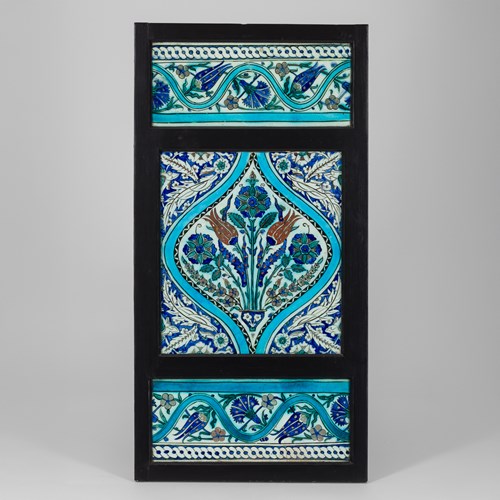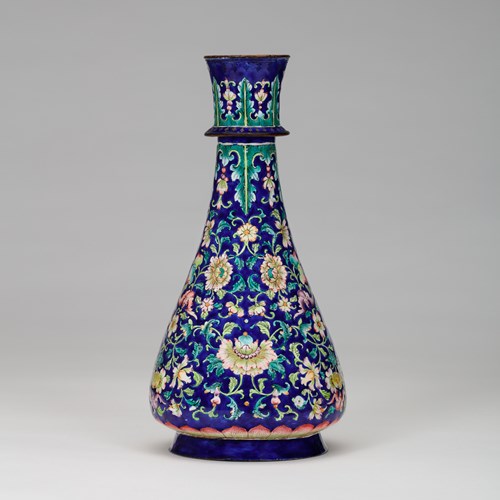Ewer Made for the Indian Market
Epoque 18th century
Origine China, Guangzhou
Medium Copper, Enamel
Dimension 35 x 28 cm (13³/₄ x 11 inches)
Its surface is painted with a wide variety of coloured enamels. The technique of painting with enamels on a metal base first developed in northern Europe during the Renaissance. European missionaries, foremost among them the Jesuits, started to bring European enamelled metal objects to China as official gifts in the late seventeenth century. These included things that were unknown to the Chinese, such as watches, clocks and religious scenes. Both the technique and the artefacts were seen as rare and precious, and several enamelled watches and clocks are still preserved in the collections of the imperial family in the Forbidden City in Beijing.1 An imperial workshop to replicate such treasures was set up.2 Chinese craftsmen had already attained a high level of skill in enamelling porcelain, so adoption of this new technique on copper was rapid. However, the imperial workshop could only manufacture a limited number of pieces, and as the taste for painted enamels on a metal base spread, larger premises appeared in the southern port city of Guangzhou (Canton). The city catered to Chinese clients but also to a wide variety of contacts abroad, whose ships arrived daily from Southeast Asia, the Middle East and Europe.
Decorating enamelled copper vessels such as this ewer followed the same process as porcelain. After the initial firing, designs would be laid down in dark outline and the piece would be passed through the hands of several artisans, each specialised in the drawing of different designs. Some were expert in flower decoration, others in figurative or geometric patterns. The decoration was then coloured with different enamels, each based on a different powdered metal oxide mixed with water or oil, to give a paste that could easily be laid down on the surface.3
The decoration on the piece is subtle and elaborate. Tear-shaped repoussé panels on each side contain delicately painted peonies, peaches, chrysanthemums and day lilies. These plants convey wishes for wealth, nobility, long life and maternal devotion. Round the neck and foot are further floral bands, while the body is decorated as if draped with swathes of precious textiles that are looped and tied. This manner of non-figural decoration would have been suitable for Muslim clients, and would have been attractive to them, even if the Chinese symbolic meanings of the designs were not apparent.
Epoque: 18th century
Origine: China, Guangzhou
Medium: Copper, Enamel
Dimension: 35 x 28 cm (13³/₄ x 11 inches)
Provenance: Provenance: UK private collection since the 1970s
Literature: Footnotes:
1. Wan-go Weng. 1982. The Palace Museum: Peking, Treasures of the Forbidden City. New York: Harry N. Abrams.
2. Hugh Moss. 1976. By Imperial Command: An Introduction to Ch’ing Imperial Enamels. Hong Kong: Hibiya.
3. Jorge Welsh (ed.). 2015. China of All Colours. Painted Enamels on Copper. London and Lisbon: Jorge Welsh Research and Publishing. pp.26-28.
Plus d'œuvres d'art de la Galerie


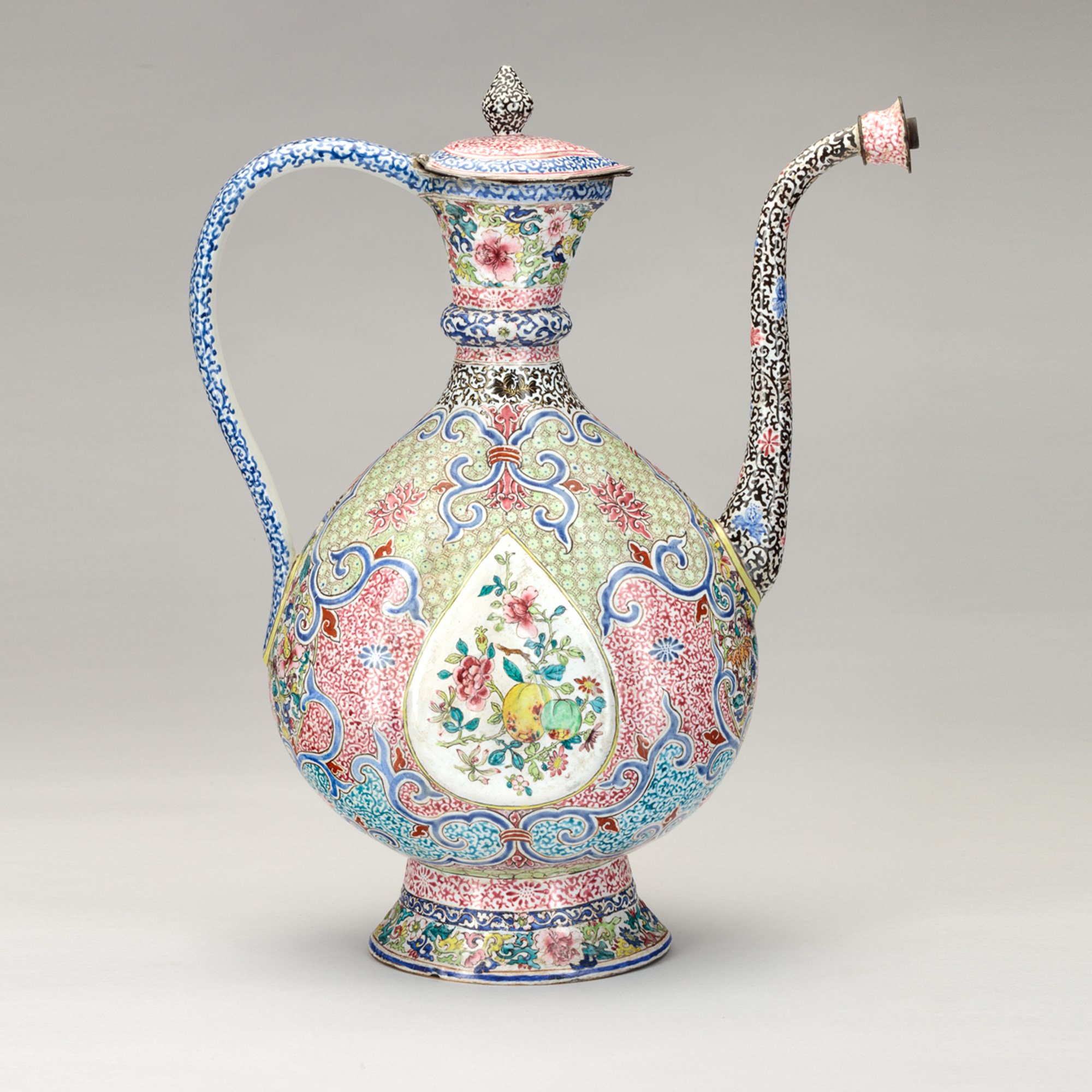

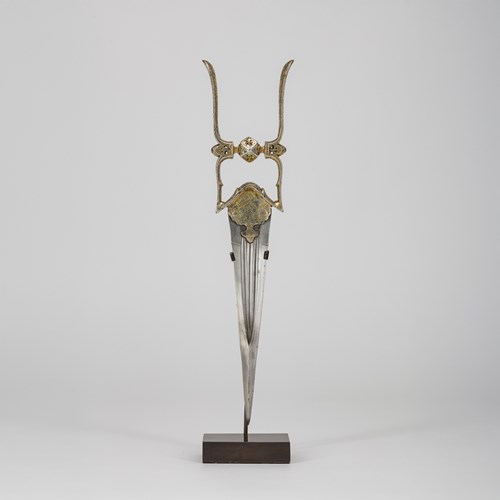
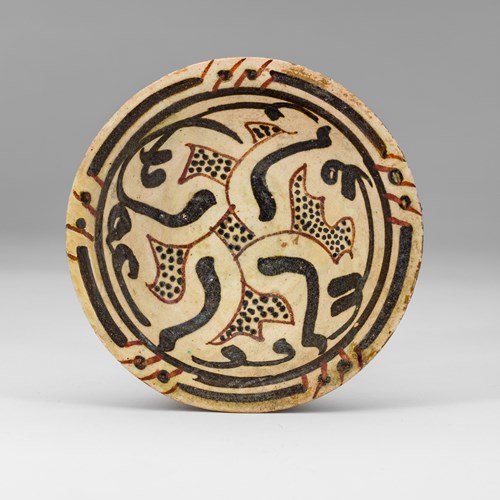

_T638772010122756273.jpg?width=500&height=500&mode=pad&scale=both&qlt=90&format=jpg)
